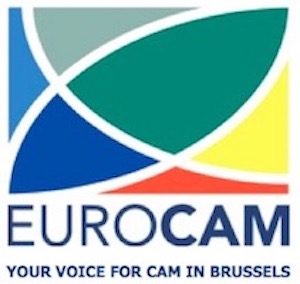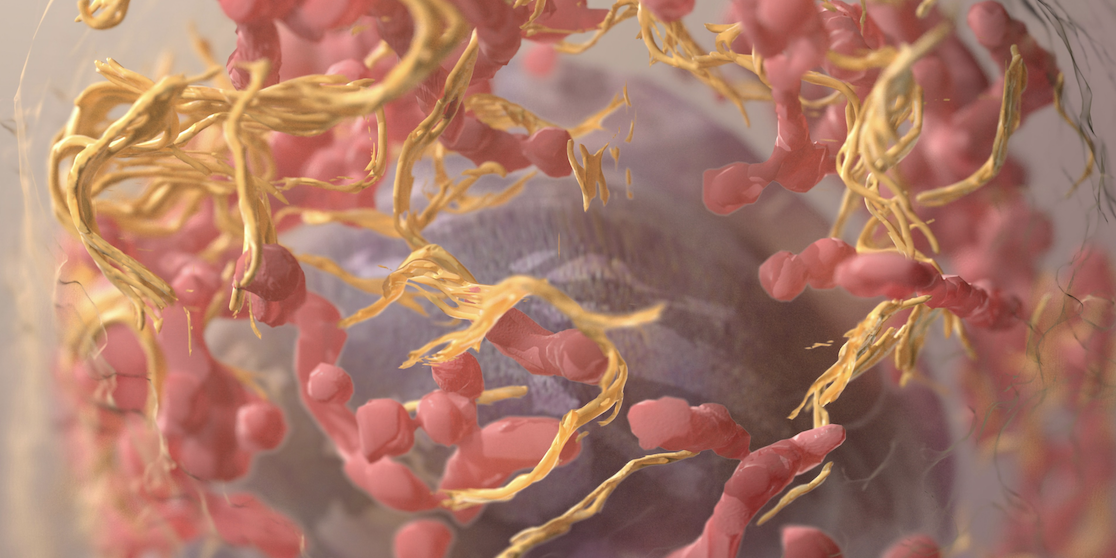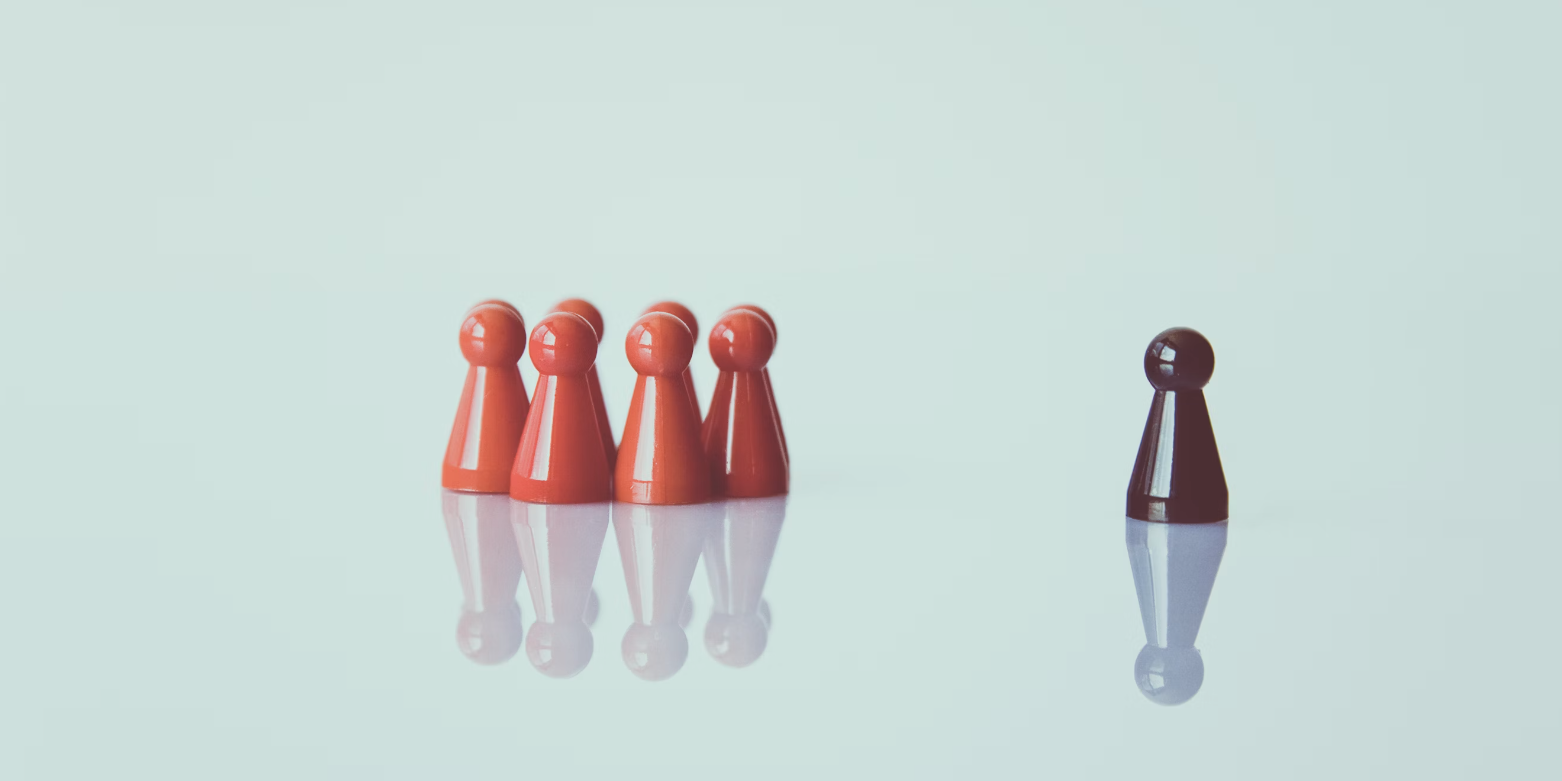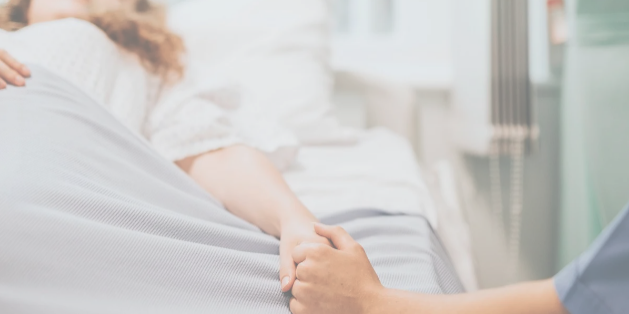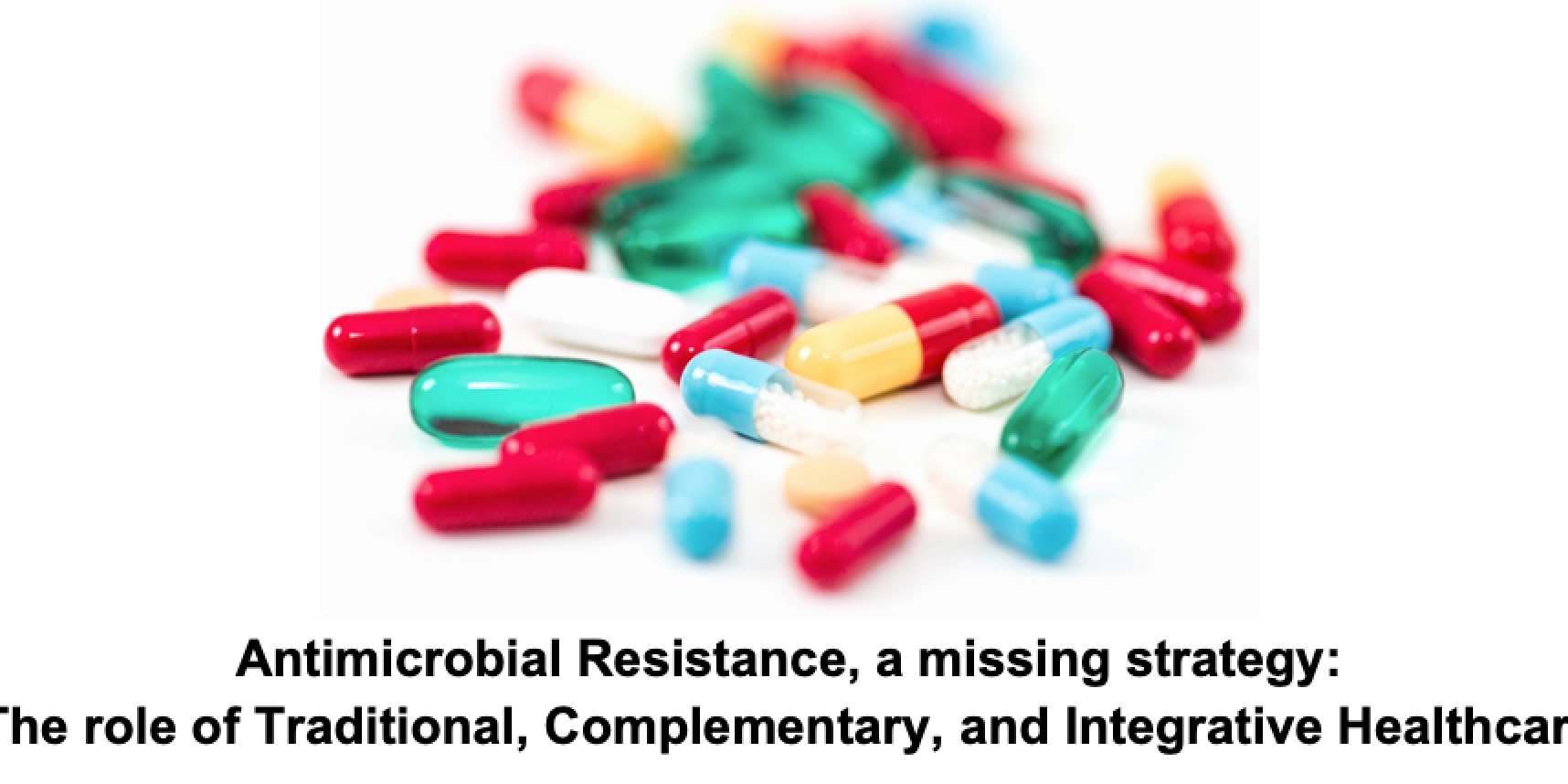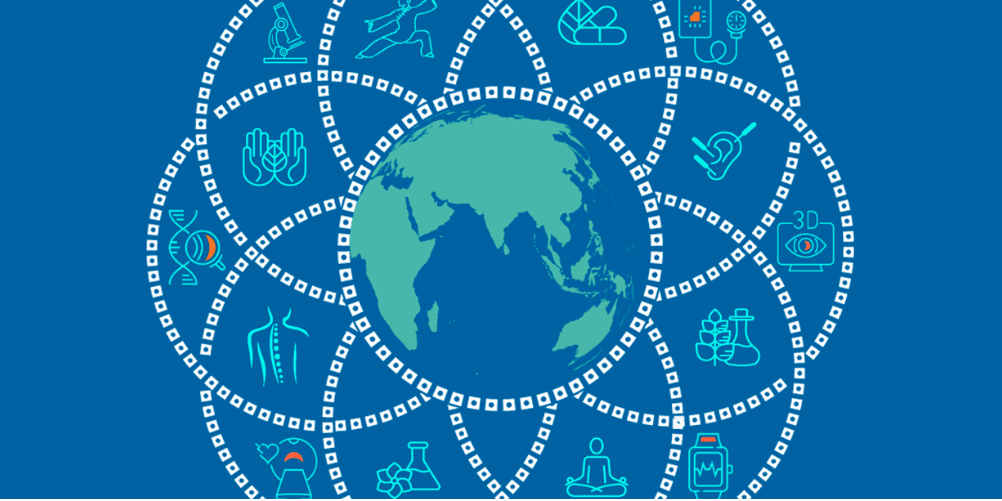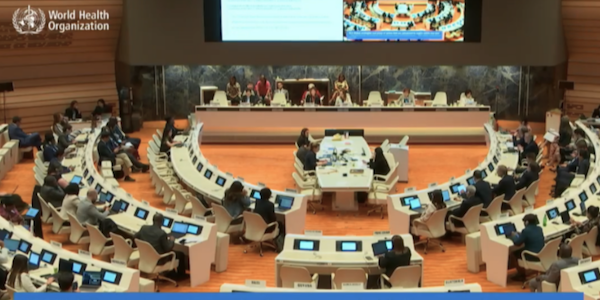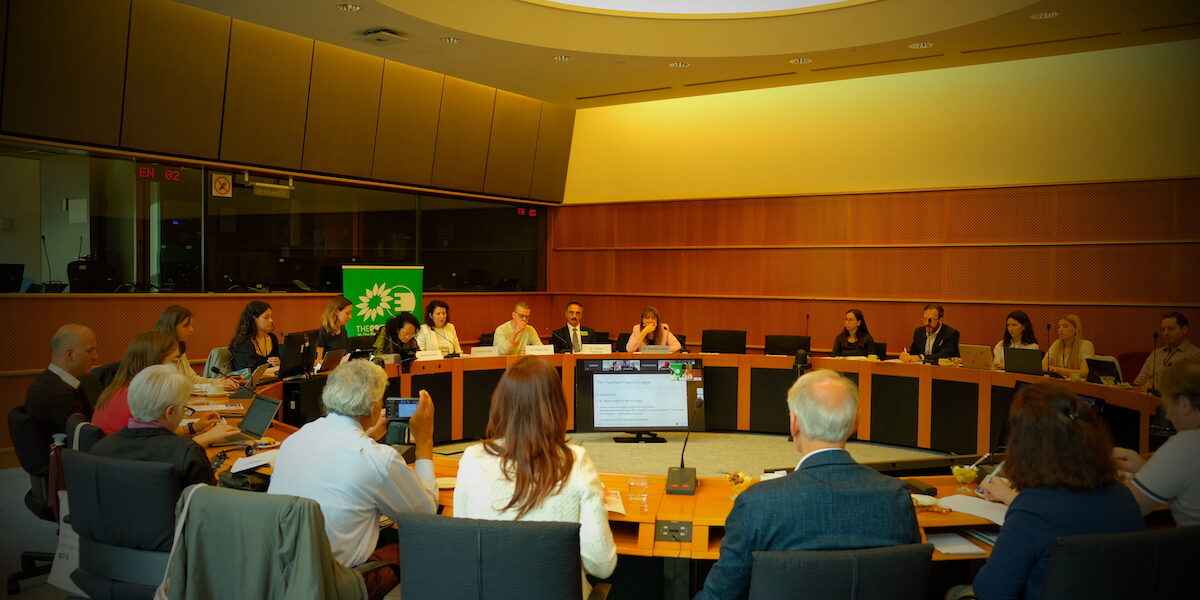Dear Minister, Dra. María Luisa Carcedo Roces,
EUROCAM has been notified about your proposal to introduce regulations on Complementary and Alternative Medicine (CAM) in Spain. We would like to bring to your attention information about CAM for you to consider in the context of these proposed regulations. This information includes the legal and regulatory status of CAM in Europe, the position of the World Health Organisation, research into CAM’s effectiveness, its potential in addressing current health policy issues, and citizens’ demand for it.
EUROCAM is a foundation uniting European organisations representing CAM patients and trained CAM health professionals, including medical doctors, veterinarians and other practitioners. We cover a broad spectrum of CAM modalities, including acupuncture, Ayurveda, anthroposophic medicine, herbal medicine, homeopathic medicine, naturopathic or traditional European medicine, osteopathy and traditional Chinese medicine.
EUROCAM takes the position that the reliability, quality and safety of healthcare delivery across Europe is crucial for its citizens. The CAM professions, therefore, are actively seeking regulation appropriate to the range and scope of practice of these different modalities both in the interests of safe and informed access for the public and for the further professional development of the CAM modalities. Therefore, appropriate regulation of providers of CAM is absolutely necessary. This process should take into account the full extent of the scope of action of CAM modalities across the healthcare spectrum from health maintenance and education to complementary treatment of illness. It would help the integration of CAM modalities in the healthcare systems in the Member States, a requirement recommended by the World Health Organization (see below).
Current legal and regulatory status of CAM
We believe it is important for you to be informed regarding the current legal and regulatory status of CAM across Europe. Collecting this information was part of the CAMbrella Project 2010 – 2012, a project funded by the European Commission Directorate-General for Research and Innovation. The project group was tasked with conducting an academic research programme into the situation of CAM in Europe and coming forward with recommendations as to its viability and place within the established EU healthcare system. The project group, consisting of sixteen partner institutions from twelve European countries, studied terminology, citizens’ needs and expectations towards CAM, prevalence of CAM use, health conditions CAM is used for, conditions under which health providers practise CAM and CAM products are offered; in addition, regulation and legal status of CAM in Europe, opinions of experts from the US, Asia and Australia about the situation of CAM in Europe. All this concluding with a set of recommendations to the European Commission. The findings of the CAMbrella Project are available from the Community Research and Development Information Service (CORDIS) website of the European Commission.[1] The detailed reports can be found on the CAMbrella website.[2]
As mentioned above, one of the deliverables of the CAMbrella Project covers the legal status and regulation of CAM in Europe. Findings of this report, updated with recent developments after 2012, are available at the website of Norway’s National Research Centre in Complementary and Alternative Medicine (NAFKAM) which is a centre at the Faculty of Medicine, at the Arctic University in Tromsø, Norway. NAFKAM is one of the WHO Collaborating Centres for Traditional Medicine. The NAFKAM website provides information from 39 countries regarding both CAM regulation in general as well as specific regulatory issues with regard to 12 selected CAM treatments on the legal and regulatory status, governmental supervision and reimbursement status.[3]
The position of the World Health Organisation
The World Health Assembly – the supreme decision-making body of the World Health Organization WHO – has also taken a clear position on CAM and Traditional Medicine.
Its resolutions WHA62.13 and WHA67.18 [4] urged the Member States, inter alia:
- to integrate Traditional Medicine (TM) and CAM within national healthcare systems by developing and implementing national TM policies and programmes.
- to promote the safety, efficacy and quality of TM/CAM by expanding the knowledge base and providing guidance on regulatory and quality assurance standards.
- to establish systems for the qualification, accreditation or licensing of TM/CAM practitioners
- to increase the availability and affordability of TM/CAM.
These resolutions were unanimously approved by all Member States.
In response to the World Health Assembly resolution on Traditional Medicine WHA62.13, the WHO Traditional Medicine Strategy 2014–2023 was developed and launched. [5] The strategy aims to support Member States in developing proactive policies and implementing action plans that will strengthen the role of Traditional Medicine (TM) and CAM plays in keeping populations healthy. The strategy report is available in several languages, including Spanish (“Estrategia de la OMS sobre medicina tradicional”).
Scientific evidence and clinical expertise
As you are most likely aware of, there is a lot of misunderstanding about the evidence for the effectiveness of CAM. In reality, there is more research into CAM than is commonly recognised. PubMed, the search engine accessing the MEDLINE database of references and abstracts on life sciences and biomedical topics at the US National Library of Medicine, lists about 20,000 randomised controlled trials in CAM. The Cochrane Collaboration, an international effort to develop an evidence base for a wide variety of medical therapies lists over 7,500 reviews for various CAM therapies in its electronic library, of which 3,500 systematic reviews. Nevertheless, compared to the number of studies in conventional medicine, the number of CAM studies is limited. The difference in quantity is not surprising when one considers the tiny amounts of funding made available for research into CAM. For example, in the UK only 0.0085% of the total medical research budget is spent on CAM. [6] This highlights the need for more research in CAM, particularly large-scale high-quality repetitions of the most promising positive studies. The development of the evidence base is frequently driven by drug trials sponsored by commercial interests with intellectual property rights in the drugs concerned. Intellectual property in CAM treatments generally cannot be protected.
The practice of CAM modalities is mainly based on clinical expertise which has been collected in the course of their existence, and also by scientific evidence built over the last few decades. Some references to relevant research into individual CAM modalities can be found on EUROCAMs website.[7] In conventional medicine as well, treatments are predominantly based on clinical expertise. A cross-sectional study of systematic reviews published in the Cochrane Library in 2011 concluded that 45.30% of the interventions studied were likely to be beneficial, of which only 2.04% recommended no further research. In total, 45.04% of the reviews reported that the evidence did not support either benefit or harm, which means that the evidence was inconclusive. [8] Two more recent examples show a similar picture. A study by Poonacha & Go (2011) [9] about “the level of scientific evidence underlying recommendations arising from theNational Comprehensive Cancer Network clinical practice guidelines” concluded that of the 1,023recommendations found in the 10 guidelines, only 6% had a high level of evidence such as RCTs with uniform consensus. A study by Tricoci et al (2009)[10], “Scientific evidence underlying the ACC/AHA clinical practice guidelines” concluded that out of the 2,711 current guidelines only 11%had a high level of evidence such as RCTs with uniform consensus. [ACC/AHA are the American College of Cardiology and the American Heart Association resp.]
From the above, it can be concluded that the amount of external evidence for conventional medicine is generally overestimated, while the evidence base of CAM treatments is underestimated.
CAM addressing current health policy issues
CAM has the potential in addressing current health policy issues including antimicrobial resistance, increasing incidence of non-communicable (chronic) diseases, polypharmacy and soaring healthcare costs. We will discuss these issues below.
CAM therapies are mainly directed towards reinforcing the resilience, resistance and immune status of the individual concerned thereby reducing the susceptibility to illness and disease as well as addressing any already existing disease process. They are typically not dependent on complex and expensive technological interventions, instead of providing low-cost treatments. In contrast with conventional prescription drugs, homeopathic, herbal and anthroposophic medicines are generic, non-patentable medicinal substances that are produced at relatively low costs. By and large, they do not incur any further costs caused by adverse effects.
CAM modalities can often be used as a first option in treating many conditions, sparing the use of more costly biomedical drugs which nevertheless remain as a possible backup. CAM modalities can help to prevent the long-term dependency on conventional medication and to reduce the enormous burden of mortality and morbidity caused by the adverse effects of conventional prescription drugs. (New legislation on Pharmacovigilance) [11]
There is some evidence suggesting that particular CAM modalities can offer effective alternatives to antibiotics.[12,13] Surgeries employing GPs additionally trained in CAM have lower antibiotic prescribing rates.[14] By building and maintaining resistance to infectious illness, CAM modalities mobilise and stimulate the self-regulating capacity of the organism, thus increasing its resilience. Greater resilience leads to a swift and sustained recovery from infections and reduced susceptibility to future infections and less reliance on antibiotics. CAM can, therefore, support the EU strategy to conserve and steward the effectiveness of existing antimicrobial treatments and offer an avenue for the development of novel future therapies.
Clearly, with its focus on supporting patient literacy and empowerment and maintaining health, integration of CAM’s holistic methodologies and understanding into primary care can have long-term benefits for patients’ and public health in general. The use of CAM modalities offers financial sustainability by encouraging disease prevention and treatment via less costly interventions that potentially lead to long-lasting outcomes of treatment. There is a growing body of evidence indicating that integration of CAM into primary care not only improves citizens’ health but can potentially offer short- and long-term savings in healthcare costs.[15,16]
One in two EU citizens uses CAM
Last but not least, EUROCAM would like to underline that one in two EU citizens uses CAM in one form or another as part of their healthcare, whether as a complement to, or an alternative to conventional care.[17] Citizens use CAM because they perceive and experience this form of treatment to be holistic and empowering and less likely to cause adverse reactions than conventional medicine. We take the view that patients should have equitable access to the treatment of their choice, with appropriate guarantees. This is in line with the European Charter of Patients’ Rights, which lists fourteen patients’ rights, including the right of access to the health services that answer the individual patient’s health needs, the right to information, the right to personalised treatment and the right to choose freely from among different treatment procedures and providers.[18]
We hope you will consider the information provided and we are more than willing to submit any further information if needed.
Yours sincerely,
Dr Ton Nicolai, EUROCAM spokesperson
Sources:
- Final Report Summary – CAMBRELLA (A pan-European research network for complementary and alternative medicine (CAM))
- CAMbrella website
- CAM regulation
- World Health Assembly Resolutions, WHA67.18 (2014) Traditional medicine
- WHO traditional medicine strategy: 2014-2023
- Funding for CAM
- EUROCAM research section
- Systematic reviews showed insufficient evidence for clinical practice in 2004: what about in 2011? The next appeal for the evidence-based medicine age.
- Level of scientific evidence underlying recommendations arising from the National Comprehensive Cancer Network clinical practice guidelines.
- Scientific evidence underlying the ACC/AHA clinical practice guideline
- ENCePP Plenary: New Pharmacovigilance legislation
- Herbal Medicine in Children With Respiratory Tract Infection: Systematic Review and Meta-Analysis.
- Andrographis paniculata (Chuān Xīn Lián) for symptomatic relief of acute respiratory tract infections in adults and children: A systematic review and meta-analysis.
- Do NHS GP surgeries employing GPs additionally trained in integrative or complementary medicine have lower antibiotic prescribing rates? Retrospective cross-sectional analysis of national primary care prescribing.
- Are complementary therapies and integrative care cost-effective? A systematic review of economic evaluations.
- The Economic Evaluation of Complementary and Alternative Medicine.
- Cordis; Complementary medicine popular across Europe
- Active Citizenship Network, patients rights.
Download the letter here.
Health news related to Complementary and Alternative Medicine
Do you want to stay informed about health news in relation to CAM?
